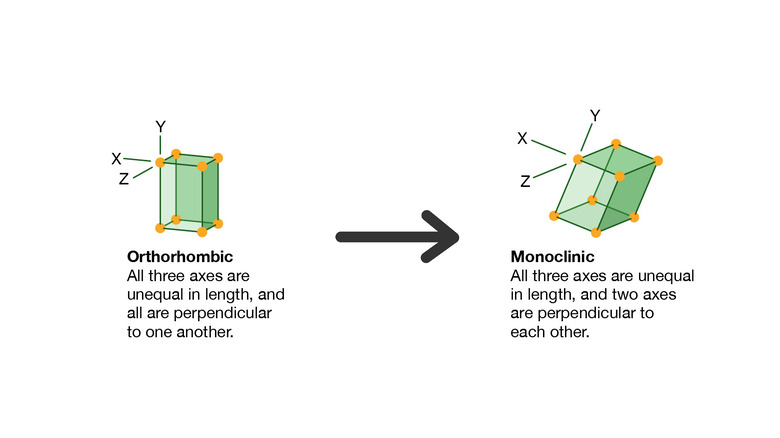This Quantum Crystal Defies The Normal Laws Of Physics
The field of quantum computing has progressed significantly over the last few years with companies such as IBM and Google pouring in substantial resources in research and development. Despite the advancements, quantum computing has been limited to only affluent organizations due to a dearth of candidate material that can be used to drive quantum computers. But researchers at University of Pennsylvania and the Indian Institute of Science Education and Research have identified a material that makes a good candidate for use in quantum computers. Harshvardhan Jog, a PhD fellow, along with Ritesh Agarwal, professor of material science at the University of Pennsylvania have discovered desired properties in the semimetal Ta2NiSe5 (also called TNSe).
Ideal materials must show two key properties — quantum entanglement, a quantum state when one particle is indistinguishable from the other, and coherence, the property of a material that allows it to maintain entanglement. Coherence in quantum computers is difficult to maintain and that is why quantum computing remains elusive from the mainstream despite decades of research. Academia is exploring complex material which possess desirable properties and TNSe is one of them. Here is what a TNSe looks like in the macroscopic form:
The research was conducted under the guidance of Eugene Mele, Distinguished professor at the University of Pennsylvania and in collaboration with Luminita Harnagea, research scientist at Indian Institute of Science Education and Research (Pune). Harnagea also provided high-quality Ta2NiSe5 for the experiment while also contributing to studying the theoretical aspects of this
Why quantum coherence matters
As per 2D Semiconductors, Ta2NiSe5 is a semimetal that undergoes excitonic insulator transition at 330 kelvin (57°C or 134°F). In the excitonic insulator state, quantum materials undergo rapid condensation in a mechanism similar to Bardeen–Cooper–Schrieffer mechanism that applies to superconductors — although quite the opposite, leading to insulation instead of conduction. This condensation of the material limits the movement of the exciton (a combination of a free electron and a vacant hole in a semiconductor or a semimetal), leading to a coherence between quantum particles. Below you'll find a rather odd-looking but on-point YouTube video explaining the phenomenon in detail.
https://www.youtube.com/watch?v=Dw7KCI36REk
Coherence relies on the principle that every particle has a wave-like behavior and if the wave is split into two, then the waves may interfere with each other coherently in a way that they superimpose to form a single state, as explained on Phys.org. This co-existence is what forms the basis of quantum computing. Coherence is essential in quantum computing because unlike a classic computer bit, which either exists in on state (1) or off state (0), a Qubit or quantum bit can co-exist in multiple states simultaneously (think Schrödinger's cat). This allows a quantum computer to process vast volumes of data very quickly.
New opportunities for quantum computing research
Jog and Agarwal used an probing technique called circular photogalvanic effect, in which a light signal is used to carry electric field. Although materials that demonstrate inversion symmetry, such as Ta2NiSe5, do not respond to circular photogalvanic effect, the researchers were surprised to see a signal being produced by the material. According to Physics Stack Exchange, inversion symmetry is the property of a crystalline material that is symmetric along a point. To envision this, one can image an infinitesimally small mirror placed at the origin in a 3D plot, and the reflection of a point will be visible in the diagonally opposite octant.
The researchers concluded this behavior occurred because Ta2NiSe5 breaks symmetry under low temperature. These conclusions align with previous research published in the physics journal Physics Review Letters, in which a group of researchers had established that Ta2NiSe5 undergoes "lattice distortion from an orthorombic to a monoclinic phase" i.e. the lattic titls sideways creating an oblique grid of atoms. The same shear is observed by Jog and Agarwal in their lab.
This research by Jog and Agarwal provides a new tool to the academia for researching similar complex crystalline materials that may exhibit properties of quantum entaglement and macroscopic coherance, both of which are essential for quantum computing. Agarwal said that with the understanding of these complex condensed states and "entangled states of matter," materials like Ta2NiSe5 "can become natural platforms to do large-scale quantum simulation."



